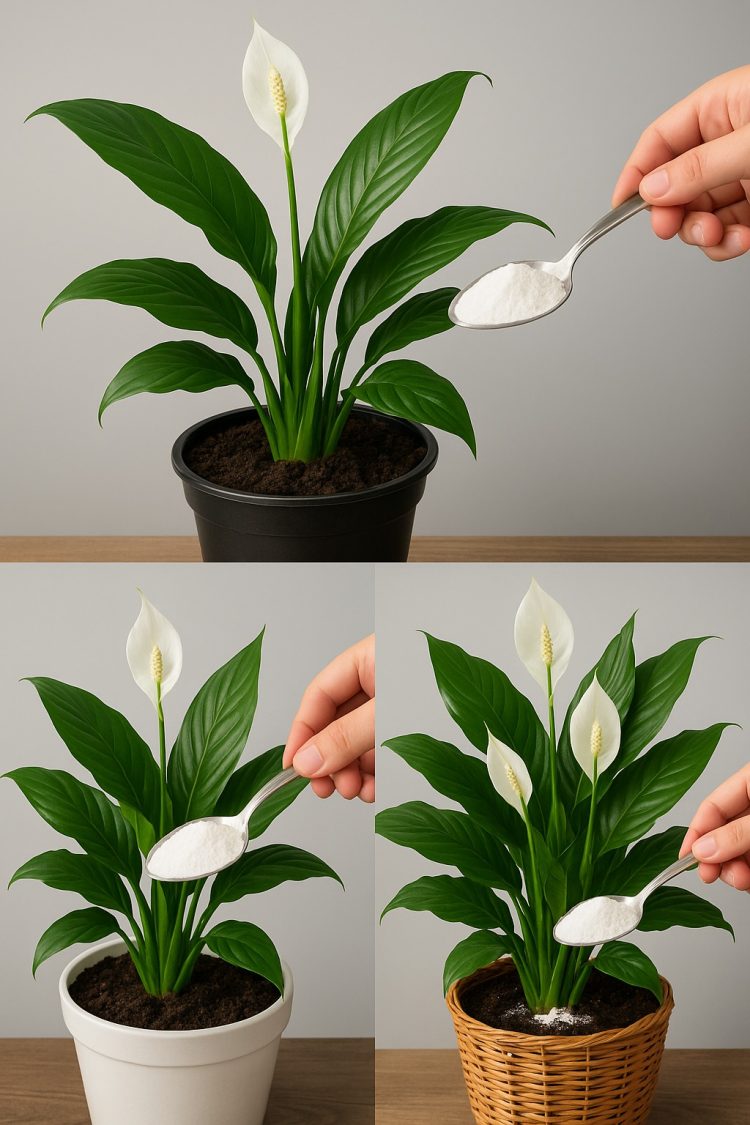Smart Watering Practices
Peace lilies are sensitive to both overwatering and underwatering. For optimal performance, water when the top inch of soil feels dry. Insert your finger into the soil to check moisture levels before watering.
When you do water, saturate the soil thoroughly until water drains from the bottom, then discard any excess from the saucer. Reduce watering in cooler months, when growth slows.
Avoid letting the soil dry out completely for extended periods, as stress can delay or reduce blooming.
Humidity and Temperature Matter
Peace lilies flourish in warm, humid conditions. If your home is dry, especially in winter, consider these humidity-boosting techniques:
Mist the leaves lightly with water (but not the flowers).
Place the pot on a tray filled with pebbles and water (ensure the pot isn’t sitting directly in water).
Group your peace lily with other humidity-loving plants to create a microclimate.
Use a small humidifier nearby.
Maintain indoor temperatures between 18°C and 27°C (65°F–80°F) and avoid placing the plant near cold drafts, heating vents, or AC units.
Fertilizing for Flower Power
Peace lilies benefit from regular feeding when aiming for frequent blooming. Use a balanced liquid houseplant fertilizer (such as 20-20-20) diluted to half strength. Feed every 4–6 weeks during the growing season (spring through early fall).
Avoid overfertilizing, as it can lead to salt buildup and brown leaf tips. In winter, when the plant’s growth slows, pause fertilization to avoid stressing the roots.
Pruning and Repotting for Vigor
To encourage continuous blooming, remove spent flowers and any yellowing leaves. Cut the flower stalk at the base once the bloom fades. This redirects the plant’s energy to producing new growth and flowers.
Peace lilies prefer to be slightly root-bound, but if you notice roots growing out of the drainage holes or water runs right through the pot, it’s time to repot. Choose a container one size larger and refresh the soil. Repotting every 1–2 years in early spring can rejuvenate the plant and boost yield.
Common Blooming Problems
No flowers: Usually due to low light, lack of nutrients, or overcrowded roots.
Small or short-lived flowers: Often caused by stress from temperature fluctuations or dry air.
Brown flower tips: Typically from overfertilization or low humidity.
Addressing these issues with light, feeding, and humidity adjustments often restores the peace lily’s performance.
Final Thoughts
With the right combination of light, water, humidity, and nutrition, peace lilies can become one of the most rewarding flowering houseplants in your home. Even in a small apartment or limited space, a sunny windowsill offers just what the plant needs to thrive.
By creating ideal growing conditions and maintaining simple care habits, you can enjoy lush foliage and repeat blooms throughout the year—transforming your peaceful houseplant into a truly prolific performer.
